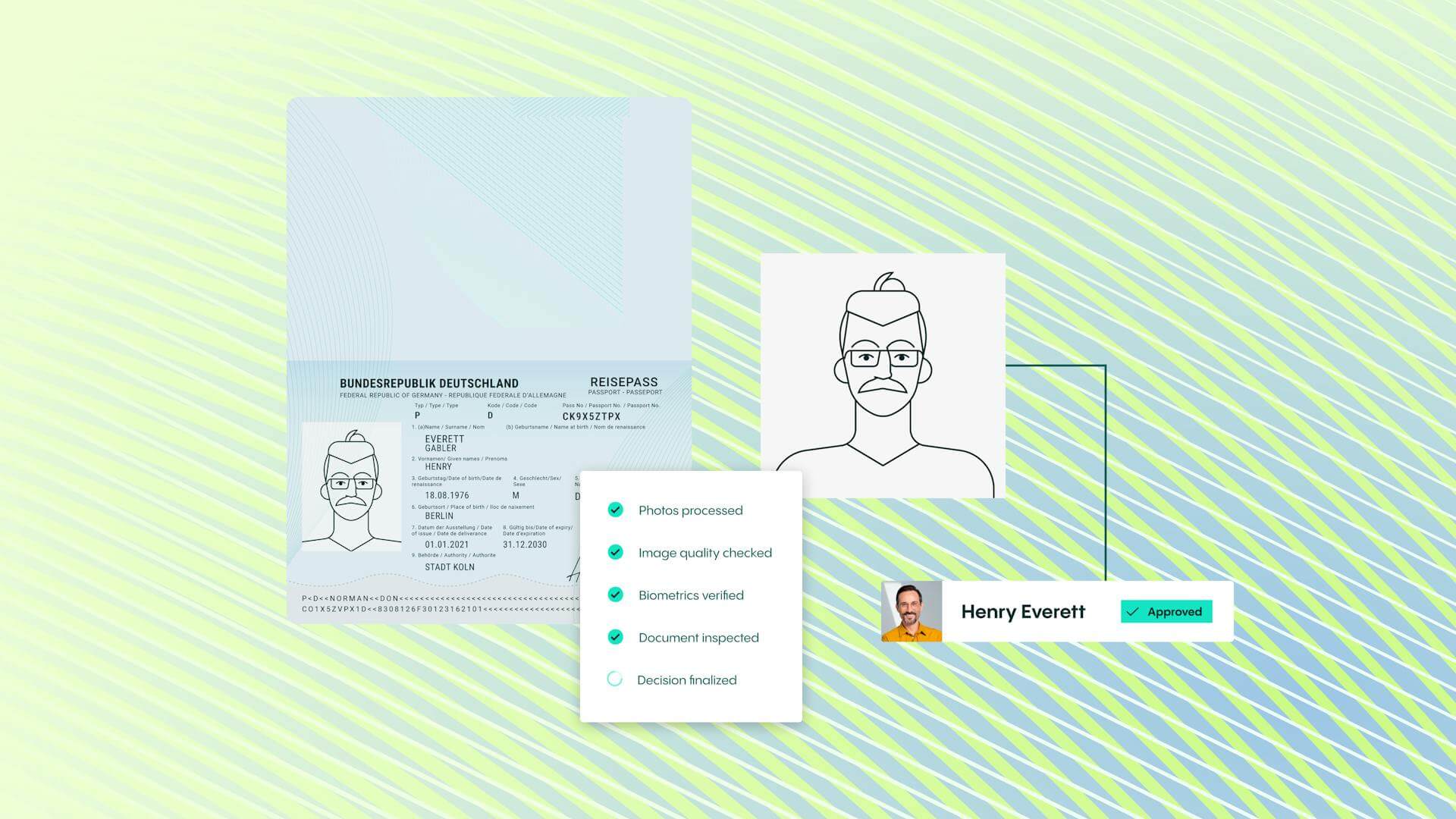Blog Post
The marketplace challenge: how to build trust quickly
The Marketplace Risk Global Summit in London is one of the key events of the year for marketplace professionals to gather insight, network, and discover how some of the industry leaders are tackling their biggest challenges. Here are some of this year’s key takeaways.

Five key takeaways from Marketplace Risk Global Summit 2023
1. More fraud than ever
Combating fraud in a way that provides minimal impact to the user onboarding journey remains top of mind for marketplace platforms. Veriff’s data revealed that systematic online fraud perpetrated by criminal gangs increased 46.62% across sectors, with marketplaces specifically seeing a 79% increase in online document fraud, often used during the customer onboarding process.
With the customer onboarding flow being so open to fraudulent attacks, it is more vital than ever to properly verify users and ensure they are legitimate.
2. How to build trust with users
One of the key themes at the summit was that the success of any platform rests on its ability to establish a level of trust among its users. As the fraud rates highlighted in the last point show, people are right to approach online transactions with an element of skepticism and suspicion, but what can marketplace platforms do to overcome this? The answer is to create robust processes that reassure users the platform in question is safe, secure and a place where they can feel comfortable making transactions, buying or selling goods, or paying for services.
Trust is built over time, but first impressions matter. As Ed Lovelock, Global Product Marketing Manager at autonomous delivery robot company Starship, explained in his session: “We have a lot of suspicion in the market that we have to overcome, but our work with key external stakeholders like local councils and suppliers, plus educational user content, allows us to start to build up customer trust even before onboarding begins. This, combined with a robust identity verification process in the new user onboarding phase, allows us to create a strong bond of customer trust from the start.”
3. AI – more of a threat than a benefit?
The busiest sessions at Marketplace Risk Global Summit were undoubtedly those that addressed the issue of artificial intelligence (AI). The benefits to marketplaces will differ from platform to platform, but it appeared to be the threat of AI that captured the imagination most – and for good reason.
Veriff’s report into AI revealed that 66% of cyber attacks involved deepfake technology in 2023 and that number was only predicted to grow. However, help is at hand. Daniel Severin, Head of Insurance at mobility super app Bolt, said: “The threat of fraud has always been there in our sector, but it feels like it is getting more sophisticated and the tools to carry it out are more readily available. That is why we partner with specialists in this field to ensure we are protected.I can’t recommend that enough – specialized problems need specialized solutions.”
4. Going global
Another theme that seemed to come up again and again was around the ability of marketplace platforms to move to new markets, and it’s easy to see why. Digitization has reached every corner of the globe and there are untapped markets waiting for exploration. However, moving into new markets also brings new problems – the main one being how to replicate the same robust levels of fraud prevention that you have in your existing markets.
Fraudsters are quick to spot vulnerabilities, so it is critical to be able to verify new users are genuine from day one of opening in a new region. One way to do this is to partner with an identity verification platform that has established global reach, with experts in regional variances and a document library that covers the identity documents required for that region.
5. Build a trust stack
The final take away from Marketplace Risk Global Summit 2023 was that in order to establish, maintain and grow customer trust, marketplace platforms must build themselves a Trust Stack. This works the same as a tech stack, but is focussed on customer trust, and is something successful marketplace platforms like Bolt and Starship have worked hard to achieve. Drawing together a series of complementary processes, values, and protections, all designed to maximize customer confidence, the typical trust stack is likely to include the following layers:
- Identity verification – users need to know they’re transacting with a real person/business and that entity has an equally vested interest in that transaction. Swift, secure, and seamless identity verification processes and procedures are critical to achieve this.
- Transparency – the more transparent a marketplace is about its policies, processes, and fees, the more trust it will inspire in its users.
- Consumer protection – leading marketplaces have clear policies to ensure customers are not left materially worse off if transactions go wrong.
- Robust security – customers need to know that their personal information and payment details are safe. Industry best practice involves sign-in using a secure server connection, 128-bit encryption of customer data and two-factor verification to ensure personal data, credit cards and transaction details remain secure.
- External proof – customers need evidence that the marketplace/seller has a legitimate purpose and a regular customer base. This can take the form of online testimonials, reviews, good PR, and social media coverage, to name but a few.

Watch our webinar
Discover how Veriff can empower your platform to access more markets, users, and geographies.














